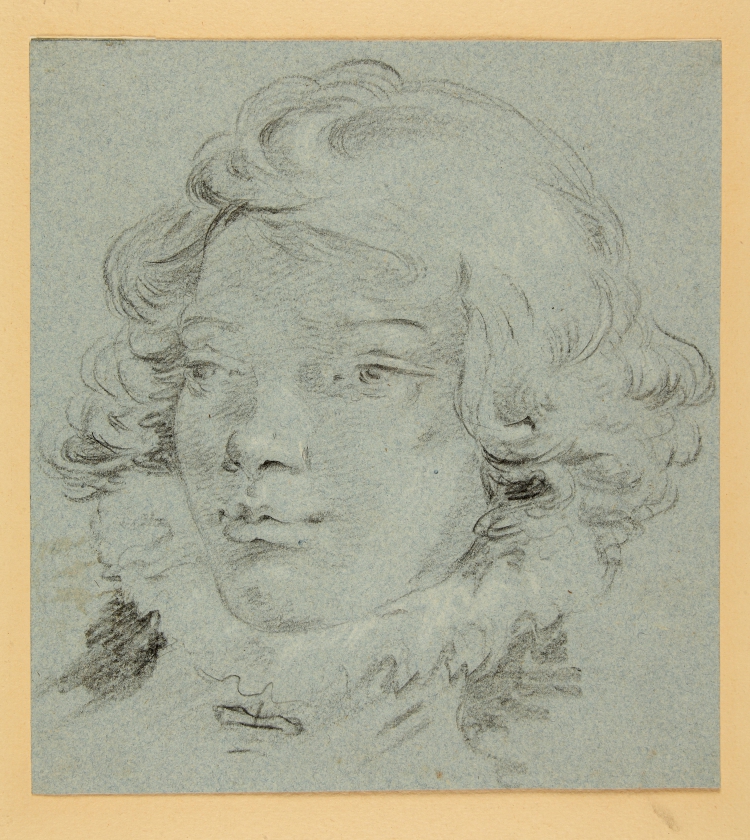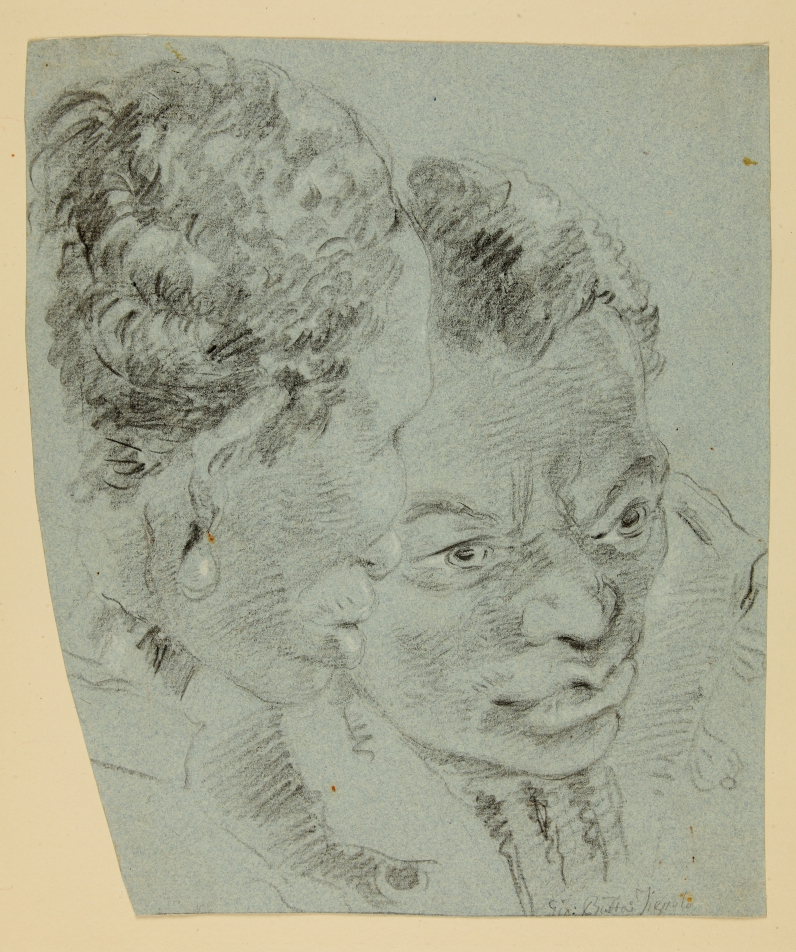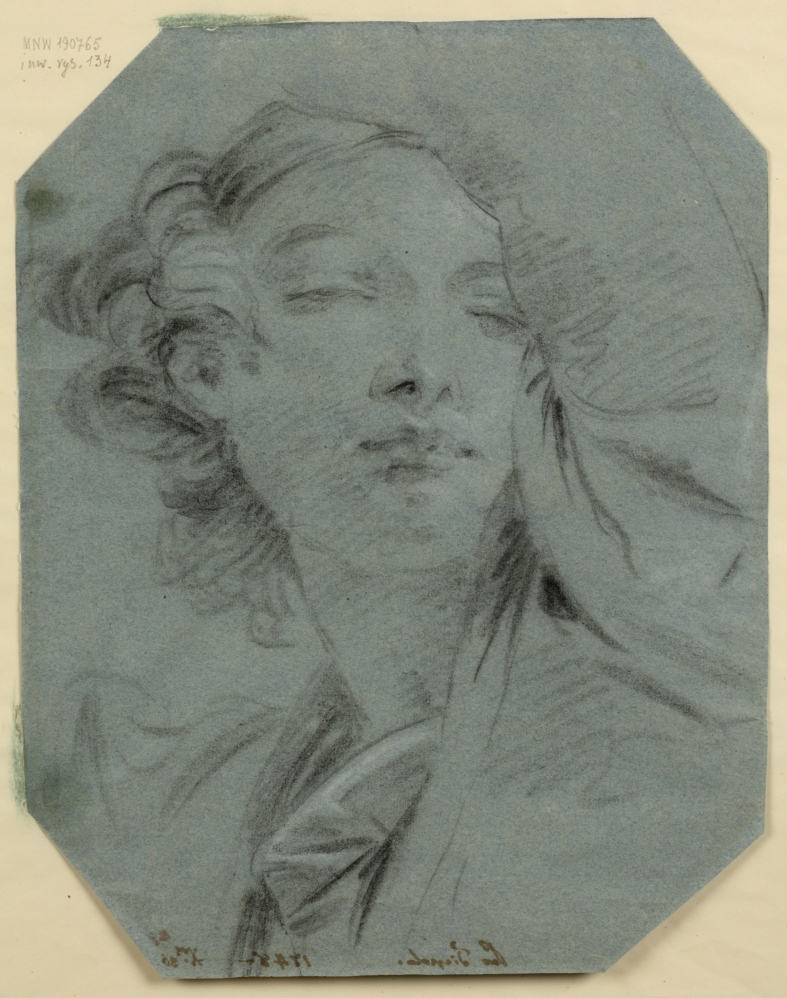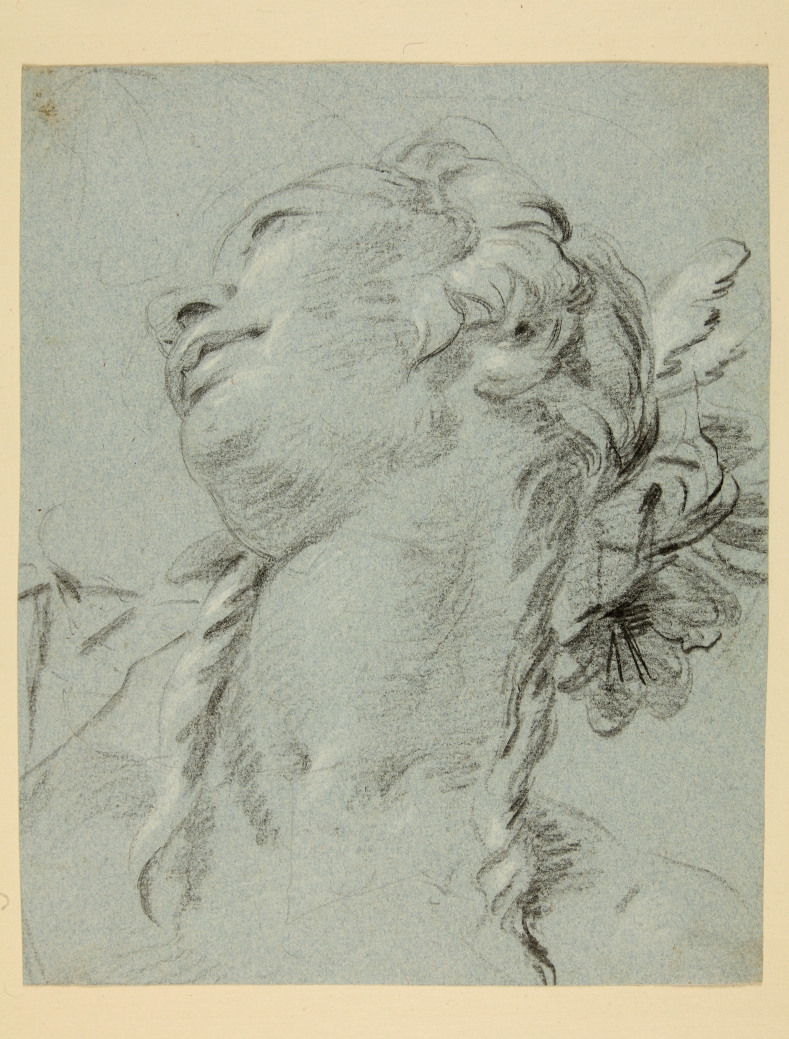Drawings by Giovanni Battista Tiepolo from the collection of The National Museum in Szczecin may be admired on "Der Arbeit die Schönheit geben – Tiepolo und seine Werkstatt in Würzburg” (Giving Beauty with Work) at Martin von Wagner Museum in Würzburg (Bavaria, Germany).
The exhibition is on display since October 31st 2020 to January 31st 2021.
Find more about the exhibition: CLICK
The drawings are part of a group of 36 works by the Tiepolo family, the largest collection of drawings by this outstanding and famous 18th-century Venetian artistic family in Polish collections. The complicated history of the works was discovered by Georg Knox, an English researcher of Tiepolos' works. After the death of Giandomenico Tiepolo, Giambattista's son, the drawings became the property of his student, Johann Dominik Bossi (1767–1853), a miniaturist and drawer, Munich painter of the Bavarian court, active also at courts in Sweden, Russia and Austria. His daughter Maria Theresa Caroline (1825–1881), married to Carl Christian Friedrich Beyerlen (1826–1881), secretary of the Duchy of Württemberg, inherited the painter's drawings. The couple lived in Stuttgart, so after their death the drawings were auctioned at the auction of the local antiquarian H.G. Gutekunst in 1882 and bought by a lawyer from Szczecin, Johann Theodor Müller. Müller, following the patriotic impulse before 1907, during the creation of the Szczecin City Museum, donated them to the collection of the Print Room. As a result of World War II, the drawings were taken to Russia. However, as part of restitution in 1956, they returned to Poland, initially as a deposit to The National Museum in Warsaw, and then, in two parts, in 1973 and 1984 returned to Szczecin and ended up in the Print Room of the local National Museum.

Giambattista Tiepolo, Cleopatra's Head
Drawing made in black and white crayons on blue paper produced in Venice. It is a sketch of Cleopatra's head for "Meeting of Cleopatra and Anthony", a wall painting from 1645 decorating Palazzo Labia salon in Venice. The drawing presents a head of a young woman with an opulent coiffure decorated with pearls. The woman is looking to the side with uncertainty as if she was predicting the bad fate that would be brought to her by meeting Mark Anthony, the ambitious leader striving for power.
Cleopatra (born in 69 B.C., died on August 12th 30 B.C. in Alexandria) – the last queen of Hellenistic Egypt in years 51–30 B.C. In 41 B.C. she met Mark Anthony (born in 83 B.C. in Rome – died in 30 B.C.) – a Roman military leader and politician in years 61–30 B.C., one of three fellow rulers, so-called triumvirs, of ancient Rome, during his travel in the Eastern provinces of the empire. Cleopatra became his lover and after unsuccessful Anthony's war campaigns financed by her and after his political actions, both of them commited suicides.

Giambattista Tiepolo, Pagebiy's Head
The drawing was made in black and white crayons on blue paper produced in Venice. The work shows a boy's head with delicate features, surrounded by a storm of fair curls reaching a ruff – a folded collar made of thin white fabric, worn in accordance with Spanish fashion in the 16th century. It is a sketch of a pageboy's head carrying a cushion with the royal crown in the "Meeting of Cleopatra and Anthony" scene. The pageboy is shown on the right side of the wall painting from 1645 decorating the Palazzo Labia salon in Venice.

Giambattista Tiepolo, Heads of Two Africans
Sketch made in black and white crayons on thick blue paper produced in Venice. The drawing shows Africans' heads tilted towards each other as if they were absorbed in an involving conversation. One of them, shown in profile, with a large pearl in the ear, seems to be telling something important, probably commenting on the event in which he is participating. This is evidenced by the immobile, bulging gaze of his companion. His face, seen from above, suggests that he is being watched stealthily by an outsider watching the situation. In this way, the artist managed to reproduce the aura of the fresco with the scene of the "Meeting of Anthony and Cleopatra". The work belongs to a group of drawings related to the wall painting created in 1745 in the Palazzo Labia salon in Venice.

Giambattista Tiepolo, Head and Arm of an Angel
The sketch was made in black and white crayons on thin blue Venetian paper with a papermaker's watermark of a bird and the letters RO SA. The drawing shows the head of a young person with subtle features, surrounded by locks of fair hair and partially covered by a high raised arm. Therefore, it was originally thought to be a representation of a woman's head and was given the title "Woman's Head Covered by a Raised Arm". Eventually, Georg Knox, an art researcher of the Tiepolo family, determined that the work was created as a sketch for the figure of an angel floating in the upper part of a fresco telling the story of the Holy House of the Virgin Mary of Loreto. The problem with identifying the purpose of the drawing was probably due to the fact that the fresco painted in 1743 on the vault of the Church of Santa Maria di Nazareth in Venice has not survived. And also because the motif of a similar head was repeated by the Tiepolo family in other compositions. However, each time the head turn, hairstyle layout and drapery folds were presented differently.
.

Giambattista Tiepolo, Geometry's Head
A sketch made in black and white crayons on blue Venetian paper with a watermark of the papermaker – two tangential ovals. The drawing shows in a virtuoso way, in a shortened perspective from below, the head of a young woman who embodies the field of geometry. The personification of one of the branches of mathematics has a full, smiling face with features often found in Giambattista Tiepolo's compositions, typical of his art. Her hair is pinned up in an elaborate way, probably corresponding to the then fashion in Venice. The sketch was used as an aid in creating figure of Geometry painted in the chiaroscuro technique in the Palazzo Labia salon in Venice in 1745. The figure was placed on the right of the main fresco with the scene of the "Feast of Anthony and Cleopatra" on the arched pediment of the portal, that is, the gable crowning the entrance, which is an element of the architectural decor of the salon.
By Ewa Gwiazdowska

